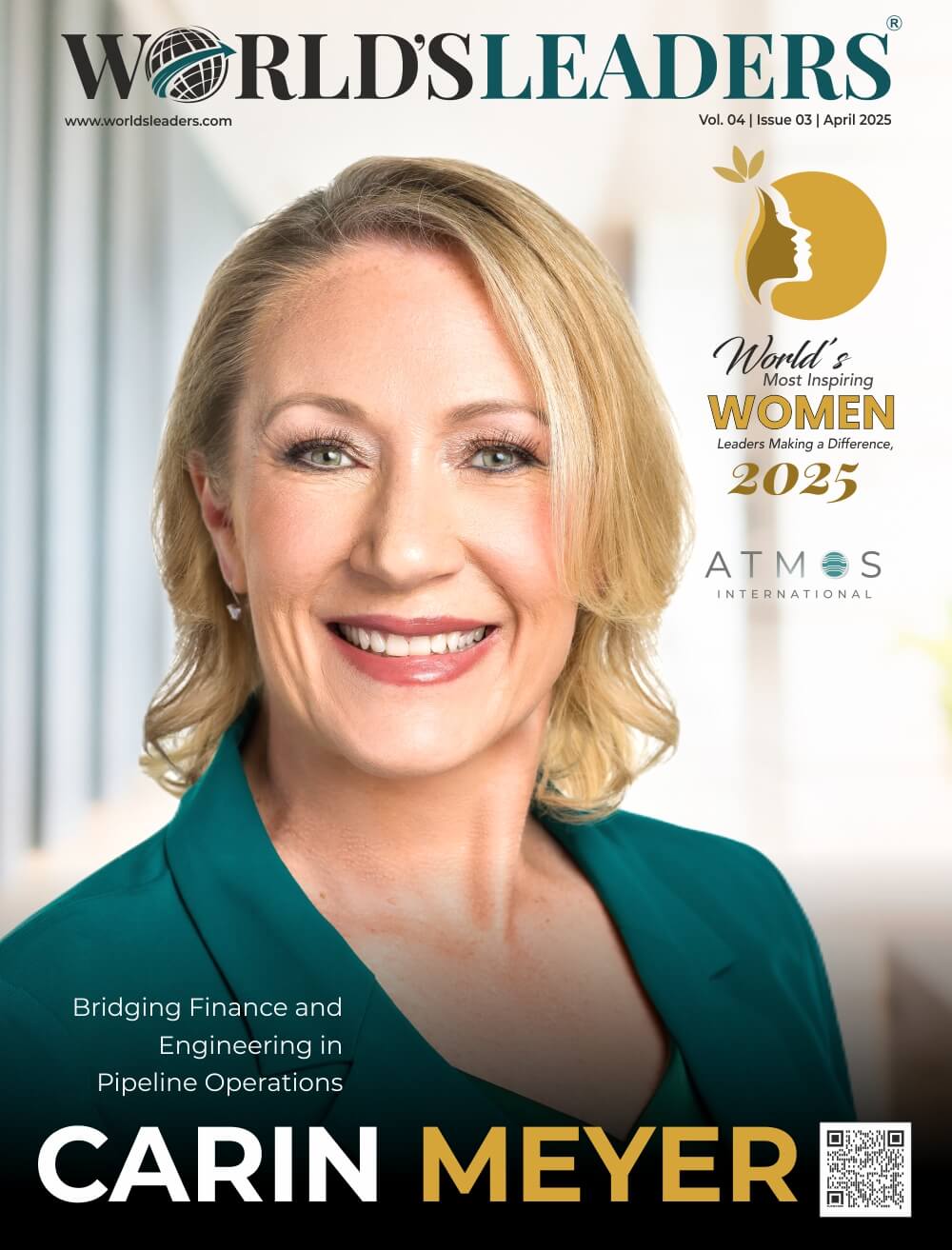Buyers from all around the world are lining up to buy electric vehicles this year, despite rising sticker prices, reversing a decade and a half of conventional wisdom that EV sales would only take off if battery costs fell below a barrier that was always just over the horizon.
EV demand has remained robust this year, despite the fact that the average cost of lithium-ion battery cells increased to $160 per kilowatt-hour in the first quarter, up from $105 last year. Costs increased as a result of supply chain interruptions, Russian metal restrictions, and investor speculation.
Higher battery costs increased over $1,500 to the sticker price of a smaller car like the Hongguang Mini, China’s best-selling electric vehicle.
However, since Russia’s invasion of Ukraine, gasoline and diesel fuel prices have surged, and analysts say that environmental concerns are pushing more purchasers to pick EVs despite the unpredictable economy.
Manufacturers ranging from Tesla to SAIC-GM-Wuling, which produces the Hongguang Mini, have passed on greater expenses to customers by raising EV prices by double digits.
More might be on the way. According to Andy Palmer, chairman of InoBat, a Slovak EV battery manufacturer, the battery industry’s margins are already razor-thin, so “increasing costs will have to be passed on to carmakers.”
If raw material prices continue to rise, automakers like Mercedes-Benz (MBGn.DE) would most certainly pass the cost on to customers. “We need to keep margins,” Chief Technology Officer Markus Schaefer told Reuters.
EV buyers, on the other hand, have not been discouraged. According to EV-volumes.com, global EV sales increased by approximately 120 percent in the first quarter. In March, Nio, Xpeng, and Li Auto in China set new EV sales records. In the first quarter, Tesla delivered a total of 310,000 electric vehicles, a new high.





